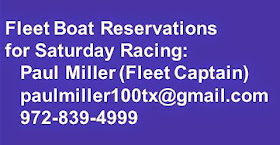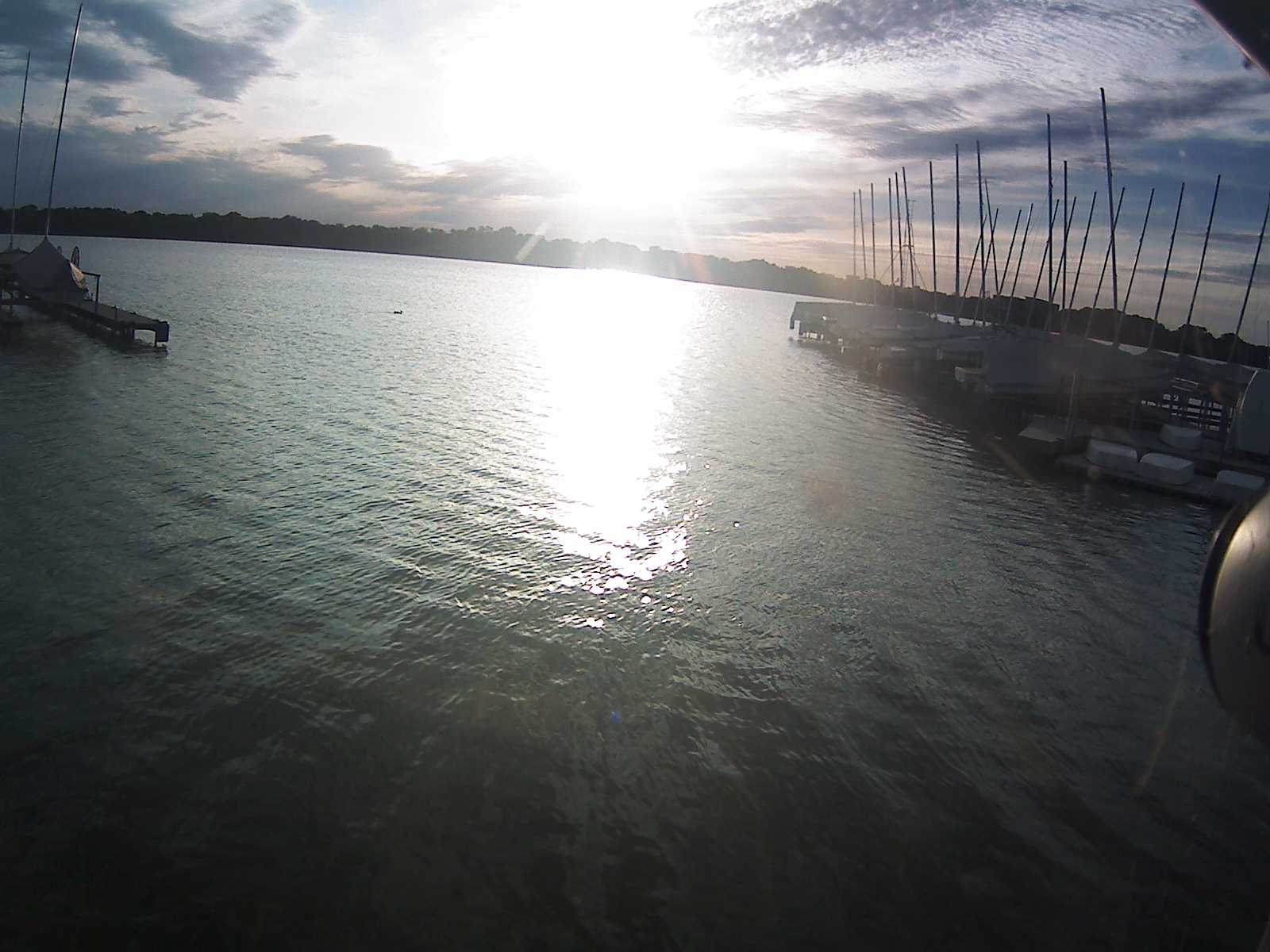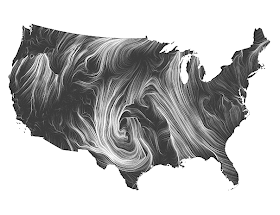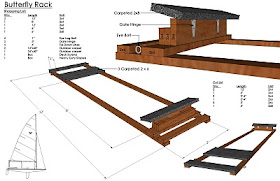DOWNWIND - PART 3: THE WINDWARD PASS
at 11.03.2011
(c) 2011 Doug Peckover
Once you catch a boat on a run, you can try to pass on its windward side or its leeward side. Passing to windward is natural, as shown in the first diagram. You will already have extra speed because you’re taking the other boat’s wind, and going from a run to a broad reach gives you at least enough speed to pull even.
If the other boat does not respond, then you’re in good shape to continue, but if the other boat responds by also heading up as shown in the second diagram, you’re still taking its wind. For many years, you could get into the mast-abeam position and the other boat had to bear off onto its proper course, and you were again in good shape.
Passing to windward used to be a really simple move but the mast-abeam rule is gone, so the other boat can now continue to head up and really cause problems for you, especially if you’re sailing in a fleet. At the 2007 Laser Worlds in Spain, I tried a windward pass and the other boat took me right off the course. I tried for a minute to get in front, could not, conceded my mistake, and rejoined the fleet 5 places back. Way too much testosterone and not enough brains on my part.
So, the windward pass is now more difficult, and it may still not help you:
Unless there’s a gate at the bottom of the run, you’re on the wrong side to get room at the next mark and you’ll have to give the other boat room if you’re not clear ahead or able to cut inside.
But cutting inside is difficult because you have to pass though the other boat’s wind shadow, as shown in the third diagram. Jibing to get a little extra speed only puts you on port tack with no rights.
And cutting back reverses the commanding position that you had when you were behind. The other boat can easily defend by also bearing off, covering you, and really slowing you down.
So unless you have speed to burn and can pull ahead without worrying about the other boat (congratulations if you can), why would you ever try a windward pass? Two reasons come to mind:
Firstly, boats like Lasers and Sunfish have no mast stays and usually try a leeward pass because they can let the boom way out to bear off. The Butterfly cannot do this because the boom does not go out far enough. So for Butterflys, a windward pass is more of an option.
Secondly, the windward pass may be needed on a course with a downwind finish where you only need to get slightly ahead on the finish line. This happened at the end of race 5 at the 2011 Butterfly Nationals as shown in that video. It’s still risky, but with good timing and a little luck it does work.
So, here’s how you do the windward pass from your holding pattern:
Plan A: If you’re approaching a download finish or do not expect cooperation, go directly to Plan B. Otherwise, ask the other person “Is it OK if I pass you to windward?” If you’re slowing him or her down, then the response is likely to be “Duh, go ahead because you’re taking my wind” and just sail around them. If they say no, then go to Plan B.
Plan B: Try to disguise your timing. Tighten the vang a little to give you more power for when you head up onto the broad reach and pass. Lower your centerboard a little to give you better steering. Then head up sharply onto your broad reach, preferably on a wave or when a small puff hits to give you a bit of a jump. Make it quick so that the other boat realizes that trying to defend is more trouble than it’s worth.
But remember that most of the time, it’s better to try a leeward pass. That’s the next article.










